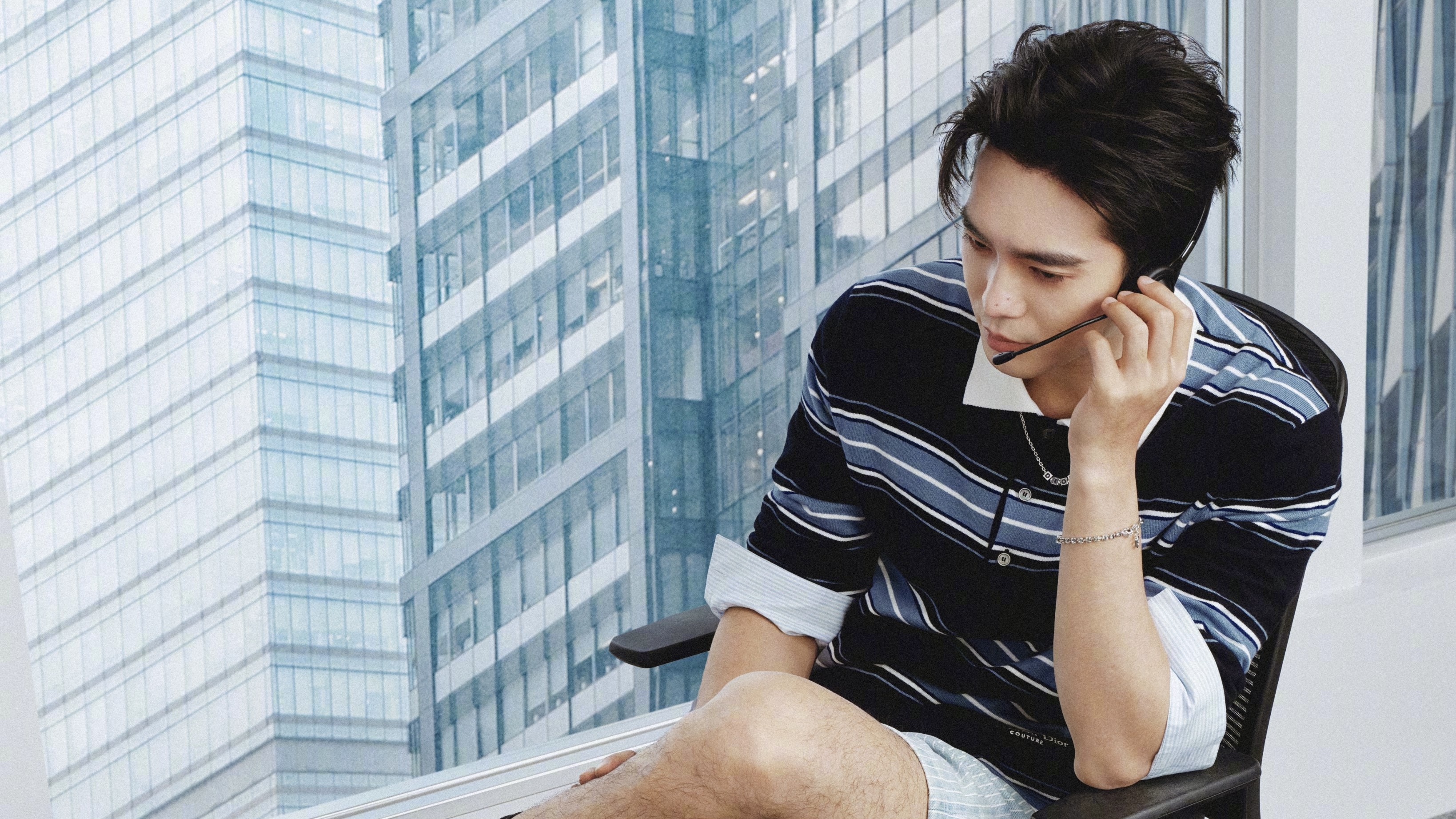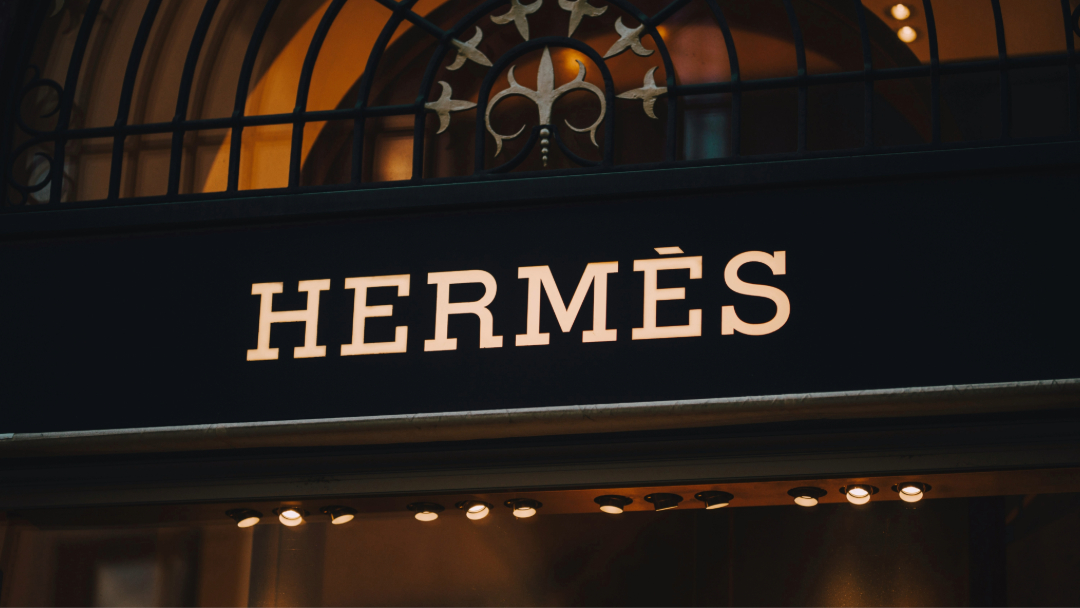
In a summary of her recently published book on the inaccessible nature of luxury, Claudia Chiari examines how brands balance inclusive and exclusive definitions of luxury with consumers’ tendency to seek out an emotionally rational context.
In a summary of her recently published book on the inaccessible nature of luxury, Claudia Chiari examines how brands balance inclusive and exclusive definitions of luxury with consumers’ tendency to seek out an emotionally rational context.
Luxury was once upon a time only in the hands of the very few and wealthy and therefore truly well out of the reach of the rest of society. It was also a means of distinction and classification, a modus operandi for setting oneself apart and hence the struggle was to ensure that this gap was maintained. Since then luxury has evolved into a desire for being ‘part of’, or belonging to. Or, as theorised by Maslow in 1943, it is direct consequence of mankind trying to satisfy a need of affection, and to this one could also adjoin affiliation and affinity.
In the 21st century luxury evolved into several forms or stratum of sumptuousness, going from the original inaccessible luxury (as it is defined today) to luxury for the masses in which the society of consumerism sets out to elevate the customer to the lowest level of the luxury podium, that of mass luxury. The latest trend is not just to ‘appear’ or distinguish oneself but to gratify a psychological and emotional needs that stem from a pure experiential value.
From research conducted, the echelon of society that seems to personify this trend is that of the so-called baby boomers, i.e. those aged between 40 to 60 years of age. But more important is that the phenomenon is global. This has forced radical changes in marketing policy and practise, especially for luxury and luxury fashion goods. Abrand, be it luxury or otherwise, is personified by a mix of rational and emotional content.
A luxury brand cannot depart from rational and emotional, they must be blended to match the very essence of the degree of luxury. In this way a product that is classified as an inaccessible luxury will have a more emotional rather than rational flavour while a massifiedluxury will have more rationality than emotionality. The bridge that links the two was found to be experiential, represented today by intermediate luxury. Male baby boomers in particular emphasise the search for self-actualisation (as described by Maslow), something emotionally rational and the cases of Tom Ford and Azimut-Benetti mega yachts are major effigies of this today.
Tom Ford and the focused brief case study discussed herein, sets out to provide luxury clothing which is ‘emotionally rational’ with a strong emphasis on authenticity and extreme personalisation. Ford interprets personalisation not just in terms of the product of inaccessible luxury but also in everything that is experienced with it, including the moment it is created, ordered and worn. This pushes for recognition or the ‘it is who I am (and what you are not)’ implies social belonging yet social distinguishment, both at the same time, it is the search for confirmation, consecration and completeness that open-up new markets such as China and India for inaccessible luxury.
The Benetti group is the European leader of its field and is a witness of the incredible growth of the mega yacht industry. Benetti is also emblematic of full customization, irrespective of price. Its diversification strategy is not just about product diversification but also about setting itself apart from the competition, making it become the reference for inaccessibile luxury in the mega yacht business.
The luxury market analytical tools available today, although tried and tested, have several limitations including the need to evaluate a luxury market that is changing and expanding and in which the customer is evolving too.
For this purpose three specific models have been created and discussed briefly in ‘Staying ahead of the competition…looking beyond the conclusions’. The first explains the evolution of luxury versus the tangible and intangible, the second and third express the emotional and rational to the degree of inaccessibility and a spectrum of luxury.
In the first model inaccessible luxury and its characteristics remain immune and podium set while intermediate luxury sooner or later dissolves into mass luxury that is then burn-out into the world of consumerism. The second model depicts a spectrum of luxury and helps establish just where the brand is located in terms of identity.
In the third model the inaccessibility of luxury is measured by the degree or ratio of rationality and emotionality. The more a product is emotional and experiential the more likely it becomes less rational, appearing almost frivolous, meaningless and an exultation of rarity. Together with the final findings, these models project the research even further and provide further understanding of the mechanisms that bring man to worshipluxury, whatever its degree of uniqueness.










